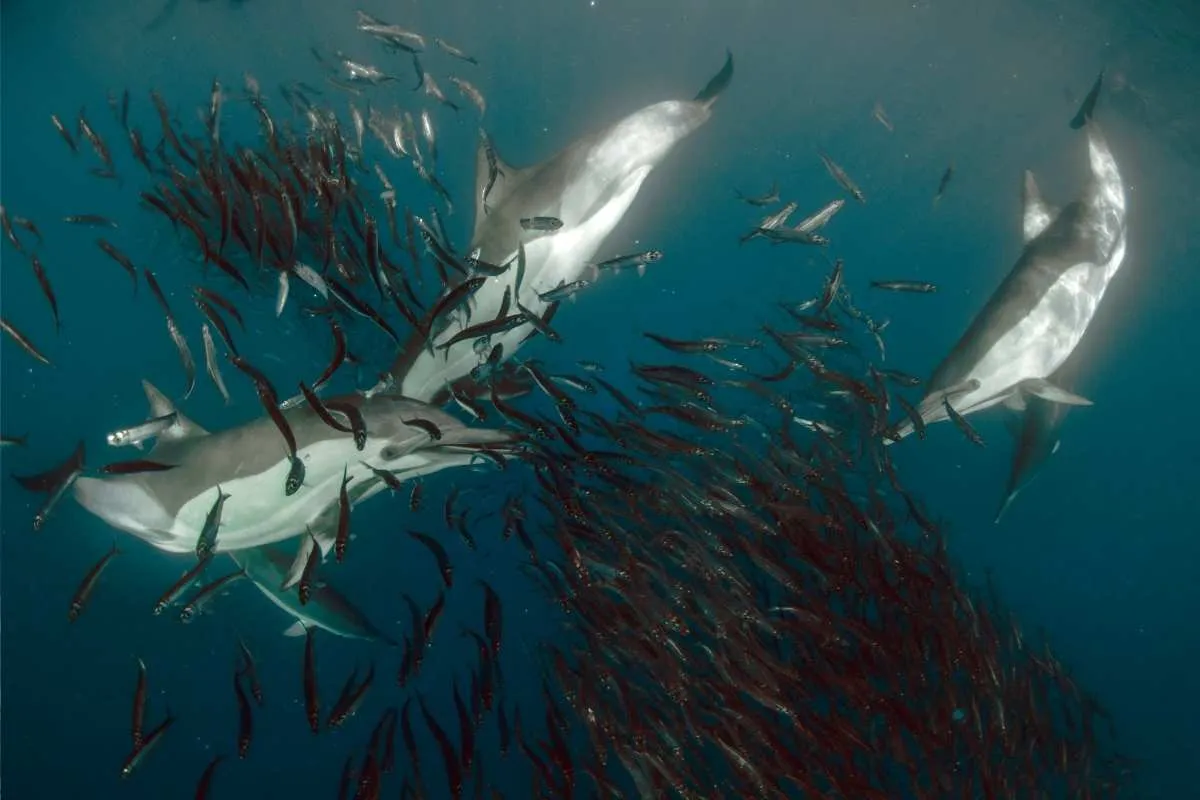
Ocean carnage: Why the sardine run is heaven for hungry predators
The sardine run stands alone – a raw spectacle of survival, packed with speed, precision, and the clash between life and death. No other feeding frenzy compares.

Each year, South Africa’s eastern coastline erupts into one of Earth’s most intense feeding frenzies. Billions of sardines, guided by cold currents and deep instinct, form enormous shoals that stretch for miles.
To a passerby, the scene appears as a glistening silver ribbon in the ocean. But to predators, it’s an endless buffet. This is the sardine run, a dramatic showdown where blood stains the water and nature’s top hunters converge to feed.
The migration that triggers mayhem
The sardine run usually begins between May and July, when cooler ocean temperatures set in along the coast. During this time, pilchard sardines, scientifically called Sardinops sagax, migrate in massive numbers from Africa’s southern tip, following the nutrient-rich cold waters of the Agulhas Bank as they head north.
It’s not just a migration, though, – it’s a trigger. The moment those sardines move, a chain reaction starts. Dolphins, sharks, whales, seabirds, and even humans gear up to intercept the moving mass.
Predators converge
The sardine run stands out for its incredible density and variety of predators. Common dolphins team up to herd sardines into tight bait balls, making them easier to catch. Once they form these compact groups, the feeding frenzy erupts.
Sharks, typically bronze whalers, blacktips, and dusky sharks, plunge into the chaos with jaws agape. Bryde’s whales surge upward from the depths, gulping down tons of sardines in one swoop.
Cape gannets dive from the sky at speeds of up to 97 km/h, tucking in their wings mid-air to spear through the water like living missiles.
Seals and powerful game fish like tuna and king mackerel also rush in to feed, turning the sea into a violent churn of fins, beaks, teeth, and blood.
Why the sardines don’t stand a chance
Even with their massive numbers, sardines stand little chance once predators move in. Their main defense is to stick close together, relying on safety in numbers. But against such a diverse and strategic attack, that tactic only buys them time.
Nature doesn’t play by gentle rules, and the sardine run proves it. Predators don’t just hunt—they fine-tune their tactics. Dolphins drive the shoals, sharks break them apart, birds snatch the stragglers, and whales devour what’s left. It’s nature’s version of an efficient, relentless death machine.
When the sardine run unfolds, it becomes an unrivaled spectacle—raw and intense. It’s more than a feeding frenzy; it’s a window into the wild, where survival plays out in blood and motion. Off South Africa’s coast, the ocean exposes nature at its most ruthless—and most brilliant.